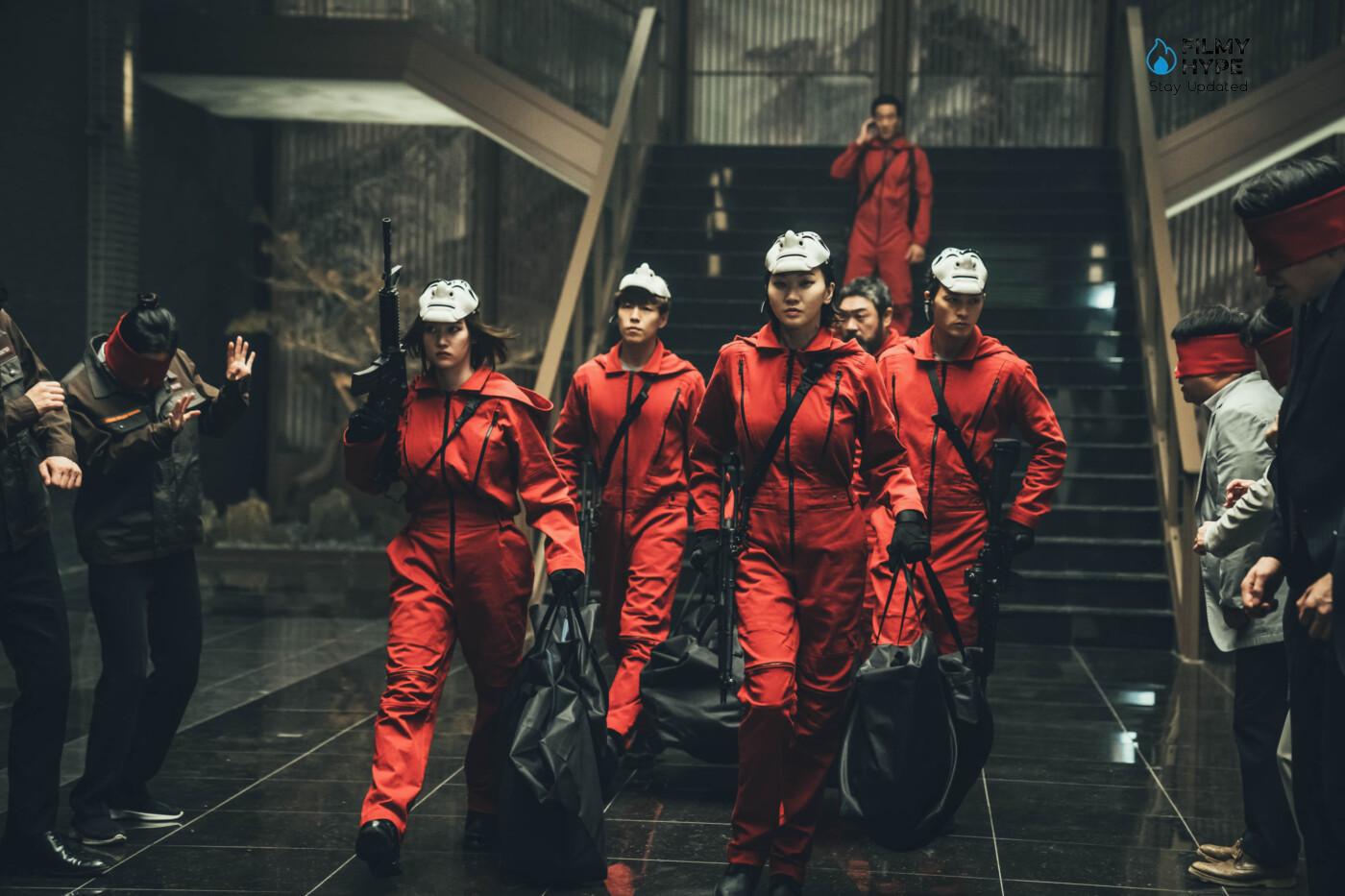Money Heist Korea: The Meaning And History Behind The Gang Mask
The South Korean remake of the popular Spanish TV series, Money Heist Korea, is already having a strong following and Netflix users have led the show to enter the top ten of the streaming giant. Directed by Kim Hong-sun and written by Ryu Yong-jae Money Heist Korea is set in a near dystopian future, in the first half of 2020 when North and South Korea unite, after numerous clashes, also establishing a new single currency. Most of the events follow the same events already seen in the Spanish show, as well as the characters. The changes include some personal stories of the protagonists and the mask worn by the gang.

If the iconic face of Dalì, a subtle reference to the film V for Vendetta, and now attributable by all to the Netflix TV series, represented the culture, art and history of Spain, even Money Heist Korea has been chosen as a symbol of South Korean folklore to conceal the identity of the group of robbers. Salvator Dalì ‘s mask entered the collective imagination as a symbol of change, together with the red jumpsuit, a color that indicates anger, love and passion. It must also be considered that Dalì was a famous painter during the Dada movement in Zurich which rejected the modern capitalist society of the time. Like the characters from Money Heist, they steal from the Mint to give people back what they deserve and somehow express their dissent towards society, even in the Korean remake the mask has a deeper meaning.
Whose Mask Worn By The Gang In Money Heist Korea
A South Korean TV series, as taught by Squid Game and South Korean cinema in general, could not fail to have as its fulcrum a critique of the social hierarchy and the profound class differences that characterize the country and which tend to leave the poorest aside by favoring the richest. The mask used in Money Heist Korea is the Yangban mask which, from 1392 to 1910 was the most important social class born during the Joseon dynasty. The Yangban were government and military officials and, according to the Confucian ideal of the official-scholar figure, they devoted themselves to the study of art and literature. The Yangban at the time was second only to the royal family and it was their duty to preserve customs, customs and social traditions. The Yangban was an elite who frequented court life as poets, artists, writers, officers, or advisers.
The Yangban Mask Today
The Yangban mask is also used in masked theater and criticizes the noble class considered corrupt and accused of being incompetent. Today the Yangban mask has only the function of denouncing the inequalities present in South Korea. The Yangaban class lost much of its prestige in the early 1900s, even if after more than 100 years some still boast distant kinship ties with the Yangban and therefore have access to particular schools and elite environments.
Yangaban masks are different from region to region and even in the theater there are different and they all symbolize a member of the noble class. Only 4 of these can move their mouths, that is, they have freedom and the right to speak. The decision to wear the Yangban mask in Money Heist Korea is an explicit critique of capitalism and the most powerful social classes in South Korea, a sort of humorous “mockery” of those people who live on the shoulders of poorer, leaving them alone and hopeless, continuing to live in their unattainable wealth.



